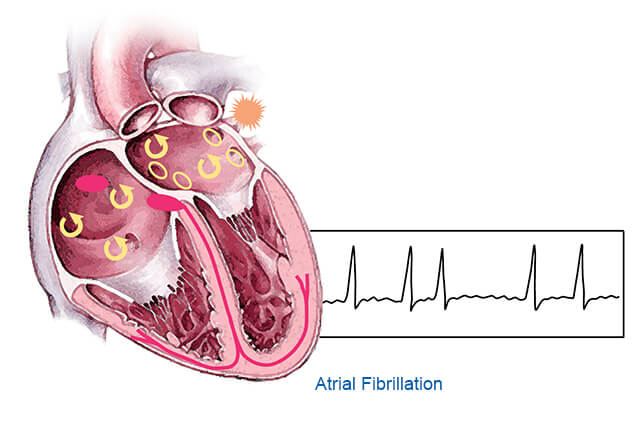
Eosinophils are part of your immune system and help protect you from infection. However, if they are too high, they can trigger inflammatory reactions that cause asthma symptoms.
Doctors used to think of asthma as one disease, but they now realize that there are many different subtypes. The most common is eosinophilic asthma.
Medication
Inhaled corticosteroids are used on a long-term basis to prevent inflammation and reduce mucus in the lungs. These medications can include beclomethasone, budesonide, ciclesonide, flunisolide, or mometasone. They can also be used in combination with long-acting bronchodilators, such as Advair HFA and Symbicort.
Rescue inhalers (such as albuterol) introduce medication quickly to help open airways during asthma attacks. However, they do not prevent asthma symptoms on a long-term basis like controller medicines.
Leukotriene modifiers, such as montelukast (Singulair) and zileuton (Zyflo), work to block the chemicals in the body that team up with eosinophils to cause inflammation. Biologics, such as omalizumab (Xolair), work to reduce the number of eosinophils in the blood.
Anticholinergics, which block the neurotransmitter acetylcholine, are used to treat incontinence and overactive bladder, but can be helpful for treating eosinophilic asthma, because they can relax the muscles in the lungs and make it easier to breathe. Talk to your doctor about how these drugs might be beneficial for you.
Self-care
In addition to your asthma medicines, you need to watch what you eat and avoid. Some foods, especially aspirin, can trigger asthma symptoms. So can smoking or other unhealthy habits like lack of exercise. Keep a log of your symptoms, and bring it to each doctor’s appointment, along with a list of all the over-the-counter and prescription medications you are taking.
Eosinophilic asthma is a type of allergic asthma that has high levels of these white blood cells in the lungs, airways and sputum (pulmonary mucous). It’s common in people who have allergies, but it can also affect those who don’t.
It’s important to see your primary care doctor and a Baptist Health pulmonologist for diagnosis and treatment. If your symptoms are severe, seek emergency medical attention.
Talk to your doctor
The eosinophils are part of the immune system, and normally they help fight germs. But in eosinophilic asthma, the high levels of these white blood cells contribute to inflammation and airway narrowing that make it hard to breathe.
The condition can cause thick mucus to build up in the sinuses, which may lead to a runny nose, clogged nasal passages, sinus infections, loss of smell, and facial pain and pressure. It can also cause wheezing.
Often, the first step to managing eosinophilic asthma is talking with your doctor. He or she will start by seeing how well you respond to standard asthma treatments, including inhaled corticosteroids. These medications reduce swelling in the airways. You may need a different treatment if you don't get relief from these drugs. Other treatments include leukotriene modifiers, which work to relax the muscles in your airways and ease inflammation. You can take these in pill form or as an injection. Biologic therapies are newer forms of asthma treatment that target specific cells and chemical messengers in the body. These are usually prescribed for people with severe eosinophilic asthma whose symptoms don't improve with other medications.
Staying active
Eosinophils are white blood cells that attack the airways in people with this type of asthma. They don't usually return to the bone marrow after an asthma attack, but instead stay in the airways and cause inflammation, narrowing and wheezing.
This is an important reason to get diagnosed and treated. If left untreated, the inflammation can lead to lung scarring and permanent damage to the lungs.
It's also important to stick with your treatment plan. Keeping track of your symptoms and reporting them to your doctor can help them establish if a change in medication is needed.
It's a good idea to keep rescue inhalers on hand, too. These medications introduce medications that alleviate symptoms during flare-ups and open the airways to prevent attacks. But they won't prevent asthma symptoms the way long-term controller inhalers do, and using them too frequently can make them less effective over time as your lungs become accustomed to them.




